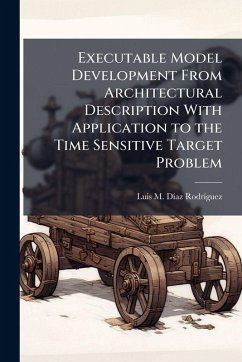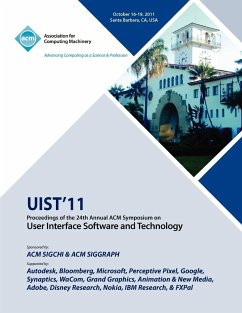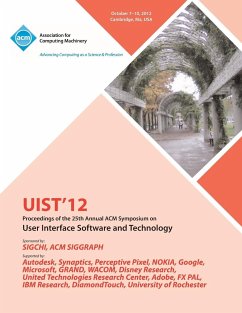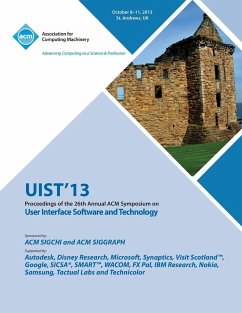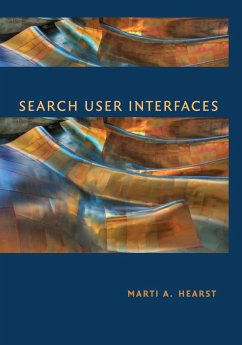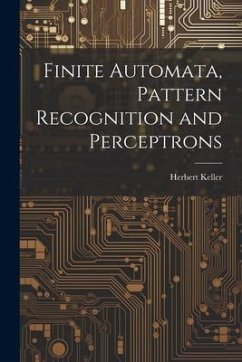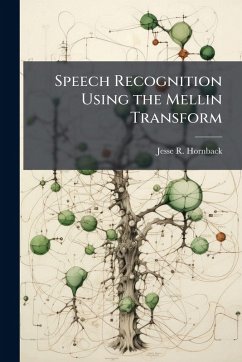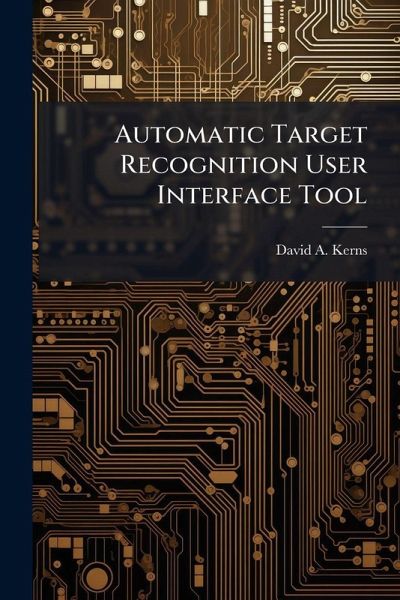
Automatic Target Recognition User Interface Tool
Versandkostenfrei!
Versandfertig in über 4 Wochen
17,99 €
inkl. MwSt.
Weitere Ausgaben:

PAYBACK Punkte
9 °P sammeln!
A computer tool to aid in selecting the best Automatic Target Recognition (ATR) algorithm is developed. The program considers many quantifiers, accepts user-defined parameters, allows for changes in the operational environment and presents results in a meaningful way. It is written for Microsoft Excel. An ATR algorithm assigns a class label to a recognized target. General designations can include "Friend" and "Foe." The error of designating "Friend" as "Foe" as well as "Foe" as "Friend" comes with a high cost. Studying each algorithm's error can minimize this cost. Receiver Operating Character...
A computer tool to aid in selecting the best Automatic Target Recognition (ATR) algorithm is developed. The program considers many quantifiers, accepts user-defined parameters, allows for changes in the operational environment and presents results in a meaningful way. It is written for Microsoft Excel. An ATR algorithm assigns a class label to a recognized target. General designations can include "Friend" and "Foe." The error of designating "Friend" as "Foe" as well as "Foe" as "Friend" comes with a high cost. Studying each algorithm's error can minimize this cost. Receiver Operating Characteristic (ROC) curves provide only information on the probabilities given a system state of declaring up to three class labels: "True," "False" or "Unknown." Other quantifiers, including an alternate ROC curve, are developed in this study to provide information on the probability of a system state given any of multiple declarations, which is more useful to the user. Sensitivity to prior probabilities, suggestions for user-defined parameters and areas for future research are identified as the User Interface Tool is described in detail in this thesis. This work has been selected by scholars as being culturally important, and is part of the knowledge base of civilization as we know it. This work was reproduced from the original artifact, and remains as true to the original work as possible. Therefore, you will see the original copyright references, library stamps (as most of these works have been housed in our most important libraries around the world), and other notations in the work. This work is in the public domain in the United States of America, and possibly other nations. Within the United States, you may freely copy and distribute this work, as no entity (individual or corporate) has a copyright on the body of the work. As a reproduction of a historical artifact, this work may contain missing or blurred pages, poor pictures, errant marks, etc. Scholars believe, and we concur, that this work is important enough to be preserved, reproduced, and made generally available to the public. We appreciate your support of the preservation process, and thank you for being an important part of keeping this knowledge alive and relevant.



